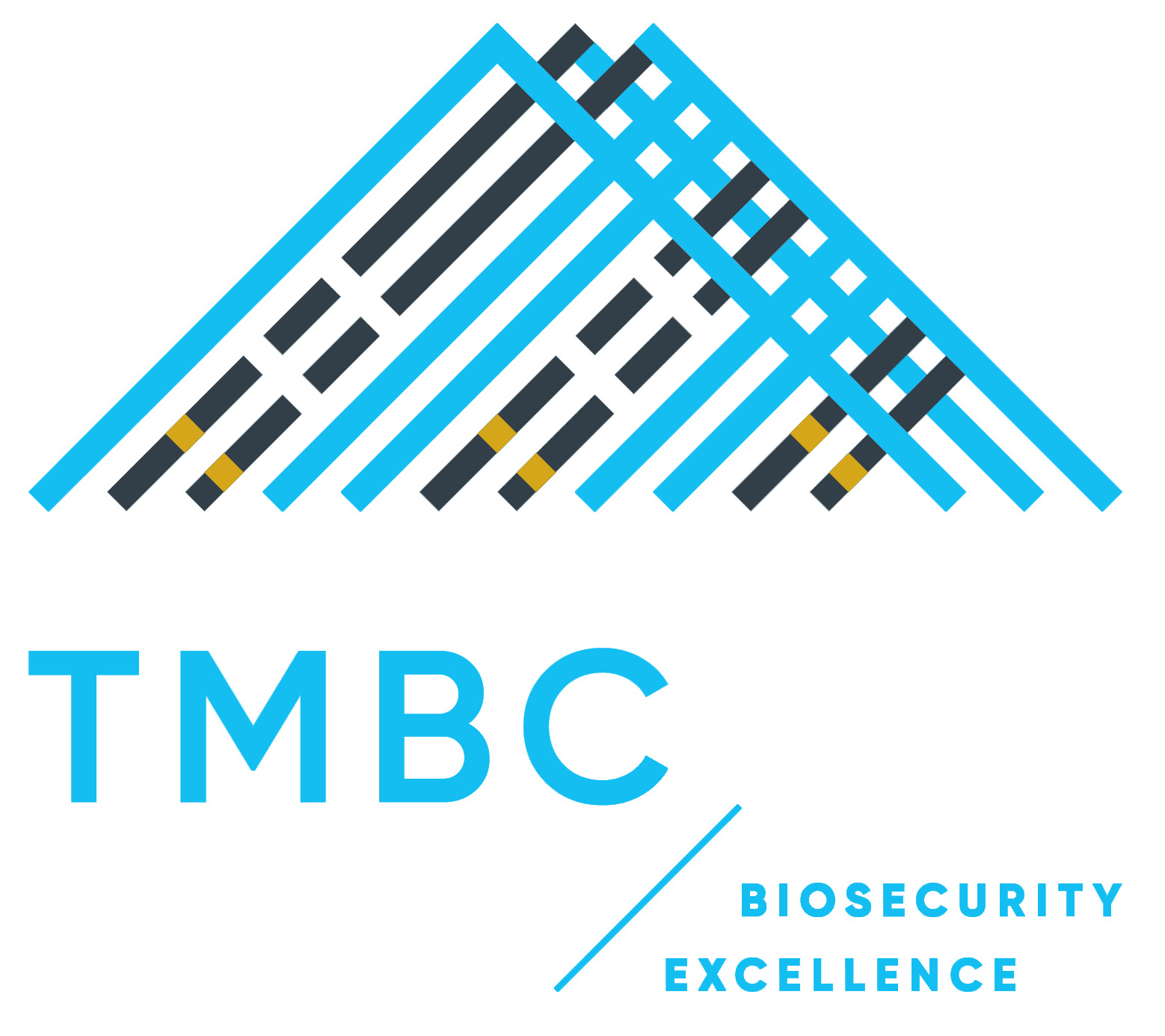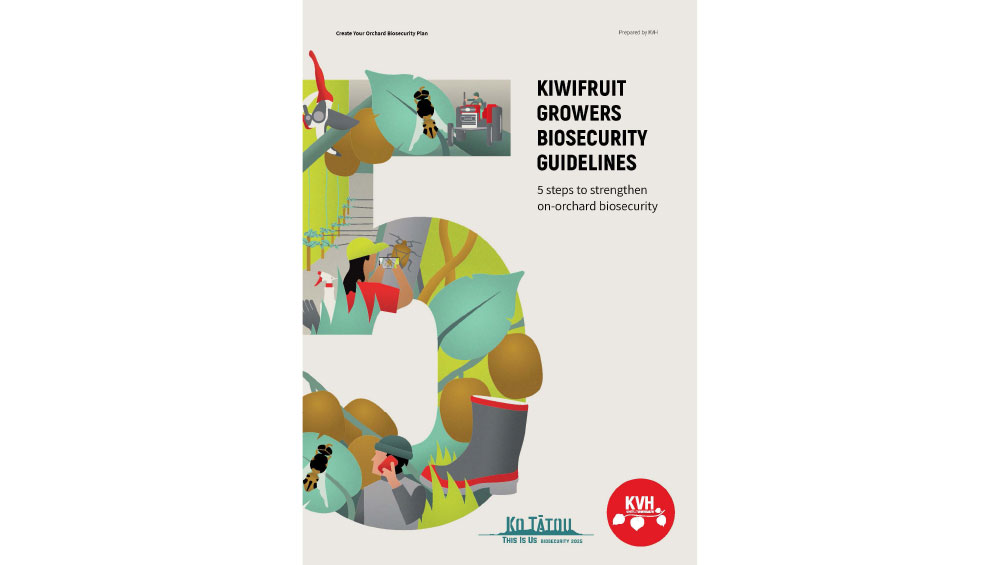On-orchard biosecurity boosted
Kiwifruit growers are strengthening their biosecurity plans through a new guide from KVH. The 5 step on-orchard biosecurity guidelines are the first of their kind for the industry and are a set of measures designed to protect a property from the entry and spread of pests and diseases. KVH has developed the best practice guidelines to help growers identify biosecurity risks, and how to address them.
Implementing on-orchard biosecurity is the responsibility of every person working on or visiting an orchard. With several high-profile pest and disease introductions into New Zealand over the last decade, including Psa, the kiwifruit industry is aware of the ongoing need to be proactive about biosecurity.
By using the guidelines to develop a biosecurity plan, growers are able to identify and prioritise biosecurity practices that are relevant to their orchards and property and can treat biosecurity planning in a similar manner to quality assurance or risk planning such as Health & Safety or emergency preparedness.
What is an orchard biosecurity plan?
It’s a document that outlines how growers manage their orchard and how they will respond to a pest or disease outbreak. It describes processes on-orchard and how biosecurity risks are being addressed.
The plan can be as short, or long, as needed – the new 5 step on-orchard biosecurity booklet is designed to be used as a template, with tips and suggestions for customising a biosecurity plan that works for a specific operation and that can be built on over time.
As they personalise their plan, growers are encouraged to involve all orchard staff and contractors so that everyone becomes engaged with the common goal of keeping the orchard and fruit safe.
Why do growers need to have a biosecurity plan?
Growers, or people in charge of orchards, need to have a plan that covers the steps taken when moving machinery, tools and plant material on and off properties, how to trace and record all these things, how risks that might already be present are managed, and the steps to take if anything unusual is spotted.
By having a plan written down growers can get everybody who’s involved in their business on the same page.
Investing a little time in establishing good biosecurity practices on orchards promises a hundredfold reward, not only through the smooth operation of day-to-day business but the avoidance of financial problems, movement restrictions, and possible market access issues in the future from unchecked disease or pest populations.
The new 5 step on-orchard biosecurity guidelines booklet is available from KVH by phoning 0800 665 825 or emailing info@kvh.org.nz.
View online here.

